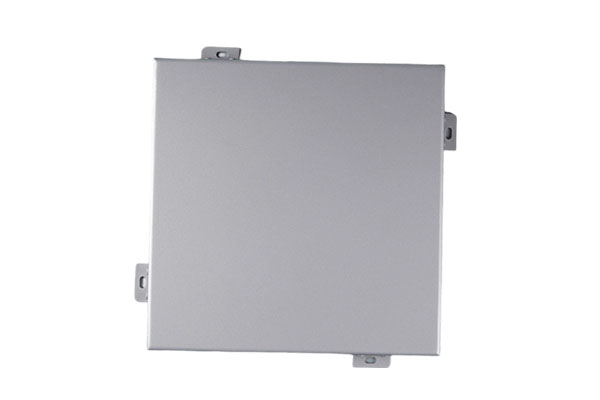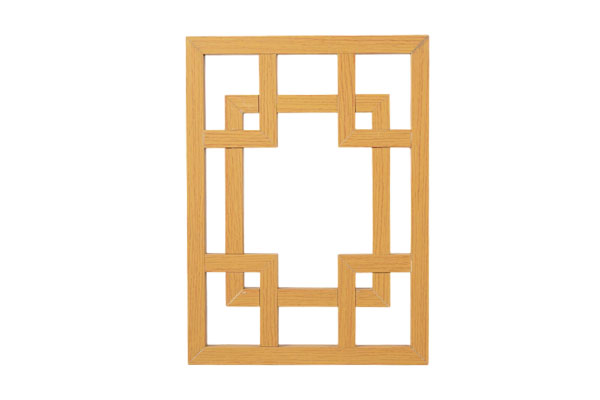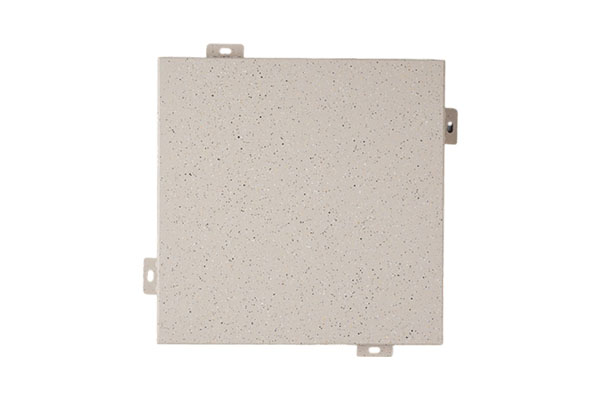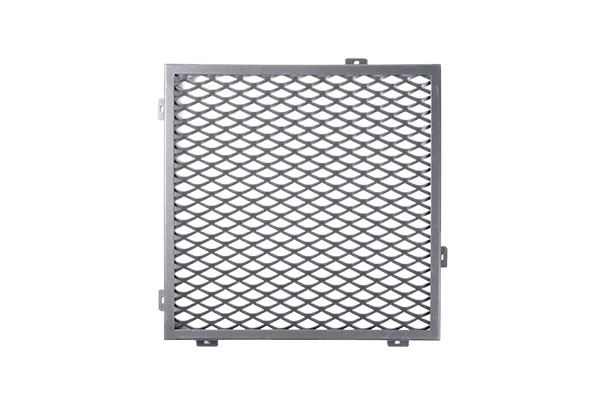Why is conventional aluminum veneer widely used in building exterior walls and interior decoration?
Release Time : 2025-07-22
On the broad stage of modern architecture and interior design, conventional aluminum veneer is quietly becoming a key material connecting practicality and aesthetics in a low-key but not negligible manner. It is not as transparent and dazzling as a glass curtain wall, nor as heavy and steady as a concrete structure, but it has become an "all-round player" favored by architects, construction parties and end users with its light material, diverse functions and lasting quality. Whether it is the facade of a city landmark building or the interior space of a shopping mall, subway station or office building, it can be integrated into various scenes in a flexible and changeable form to interpret the modern beauty of metal.
The most striking thing about conventional aluminum veneer is its high adaptability. It is not only suitable for building exterior wall decoration, covering the building with a solid and textured "metal coat", but can also be flexibly used in indoor ceilings, walls, partitions and other decoration projects. What is even more surprising is that it supports a variety of personalized processing methods such as surface openings, built-in lamps, and hollow carving, allowing designers to find a perfect balance between functionality and artistry. For example, in commercial spaces, aluminum veneers can be combined with LED lighting systems to create a very modern lighting decoration effect; in transportation hubs, it can achieve sound absorption and noise reduction functions through perforated design to improve the comfort of the overall space.
Interestingly, although conventional aluminum veneers look "cold" and full of industrial sense, its design language is getting closer and closer to life and art. Through high-precision processing, it can present delicate textures, soft curves and even futuristic three-dimensional shapes. The surface coating uses advanced fluorocarbon spraying technology, which is not only rich in color and natural in luster, but also can resist ultraviolet rays and rain erosion for a long time, is not easy to fade or deform, and has a warranty period of decades. This "timeless" feature makes it play an increasingly important role in urban renewal and building maintenance.
From the installation perspective, conventional aluminum veneer also shows extremely high convenience. Due to its light material, it is easier to carry and install. With modular design and mature dry hanging system, the construction efficiency is greatly improved. It not only reduces labor and time costs, but also makes the overall construction more environmentally friendly and efficient. This "lightweight" advantage is especially suitable for high-rise buildings and fast construction projects.
More importantly, with people's increasing attention to the sustainability of buildings, the environmental protection properties of conventional aluminum veneers have gradually become one of its core competitiveness. Aluminum alloy is a recyclable green material with a recycling rate of more than 95%, which reduces resource waste. At the same time, its strong durability and low maintenance cost have greatly extended the service life of building decoration materials, which is in line with the modern building's pursuit of "green, energy-saving and environmental protection".
It can be said that conventional aluminum veneer is not just a plate in architectural decoration, it is the intersection of function and aesthetics, and an indispensable part of modern architectural language. It tells a solid story with a light figure, interprets the art of space with a variety of forms, and silently injects a sense of modernity, rationality and futurism into every building.
The most striking thing about conventional aluminum veneer is its high adaptability. It is not only suitable for building exterior wall decoration, covering the building with a solid and textured "metal coat", but can also be flexibly used in indoor ceilings, walls, partitions and other decoration projects. What is even more surprising is that it supports a variety of personalized processing methods such as surface openings, built-in lamps, and hollow carving, allowing designers to find a perfect balance between functionality and artistry. For example, in commercial spaces, aluminum veneers can be combined with LED lighting systems to create a very modern lighting decoration effect; in transportation hubs, it can achieve sound absorption and noise reduction functions through perforated design to improve the comfort of the overall space.
Interestingly, although conventional aluminum veneers look "cold" and full of industrial sense, its design language is getting closer and closer to life and art. Through high-precision processing, it can present delicate textures, soft curves and even futuristic three-dimensional shapes. The surface coating uses advanced fluorocarbon spraying technology, which is not only rich in color and natural in luster, but also can resist ultraviolet rays and rain erosion for a long time, is not easy to fade or deform, and has a warranty period of decades. This "timeless" feature makes it play an increasingly important role in urban renewal and building maintenance.
From the installation perspective, conventional aluminum veneer also shows extremely high convenience. Due to its light material, it is easier to carry and install. With modular design and mature dry hanging system, the construction efficiency is greatly improved. It not only reduces labor and time costs, but also makes the overall construction more environmentally friendly and efficient. This "lightweight" advantage is especially suitable for high-rise buildings and fast construction projects.
More importantly, with people's increasing attention to the sustainability of buildings, the environmental protection properties of conventional aluminum veneers have gradually become one of its core competitiveness. Aluminum alloy is a recyclable green material with a recycling rate of more than 95%, which reduces resource waste. At the same time, its strong durability and low maintenance cost have greatly extended the service life of building decoration materials, which is in line with the modern building's pursuit of "green, energy-saving and environmental protection".
It can be said that conventional aluminum veneer is not just a plate in architectural decoration, it is the intersection of function and aesthetics, and an indispensable part of modern architectural language. It tells a solid story with a light figure, interprets the art of space with a variety of forms, and silently injects a sense of modernity, rationality and futurism into every building.







